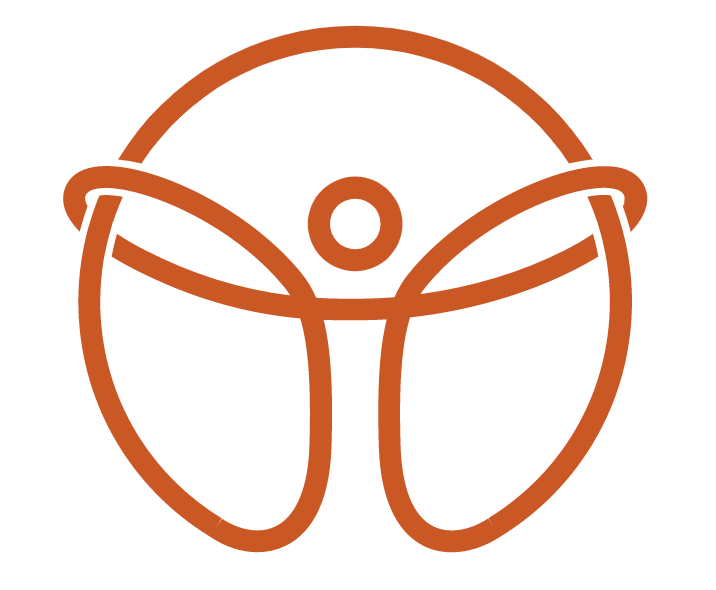Understanding Muscle Knots: What They Are and How Chiropractic Care Can Help
Muscle knots, or myofascial trigger points, are one of the most common complaints among patients experiencing muscular discomfort. These pesky knots can cause pain, limit mobility, and interfere with daily activities. In this blog, we'll explore what muscle knots are, why they develop, and how chiropractic care can effectively address and prevent them.
What Are Muscle Knots?
Muscle knots are tight, sensitive spots in the muscle tissue where fibers contract and fail to release, forming a palpable lump. These trigger points can be localized, causing pain directly at the site, or they can refer pain to other areas of the body. For example, a knot in the shoulder muscles may cause headaches or neck discomfort.
Knots often form within fascia, a connective tissue layer surrounding the muscles, which can also become restricted and contribute to discomfort and stiffness.
How Do Muscle Knots Develop?
Several factors contribute to the formation of muscle knots, including:
Overuse or repetitive stress: Engaging in repetitive movements or prolonged activities like typing or running without adequate recovery can strain muscle fibers.
Poor posture: Sitting or standing improperly places uneven stress on muscles, leading to tightness over time.
Stress and tension: Emotional stress can cause involuntary muscle clenching, especially in areas like the shoulders, neck, and lower back.
Dehydration and poor nutrition: Lack of water and essential nutrients, like magnesium and potassium, can impair muscle function and recovery.
Inadequate stretching or inactivity: Limited movement or skipping warm-ups and cool-downs can contribute to muscle stiffness.
Chiropractic Solutions for Muscle Knots
From a chiropractic perspective, treating muscle knots involves addressing the root causes of tension and promoting overall muscle health. Here are several effective techniques and treatments commonly used by chiropractors:
1. Soft Tissue Therapy
Chiropractors often use hands-on techniques, such as:
Myofascial release: This manual therapy helps to break up adhesions within the fascia, restoring elasticity and reducing tension.
Trigger point therapy: Direct pressure is applied to the knot to release tension and improve blood flow.
2. Spinal Adjustments
Muscle knots are often linked to joint dysfunction. Spinal adjustments restore proper alignment, reducing strain on surrounding muscles. This improves nerve communication and helps prevent future tension build-up.
3. Instrument-Assisted Techniques
Tools like the Graston Technique or Activator Method can provide targeted, efficient treatment to release stubborn muscle knots and improve soft tissue mobility.
4. Dry Needling
Dry needling involves inserting thin needles into the trigger points to release tension and improve circulation. While not exclusively a chiropractic treatment, many chiropractors are trained in this technique and offer it as part of comprehensive care.
5. Stretching and Exercise Programs
A chiropractor can recommend stretching routines and exercises to improve flexibility and strengthen muscles. Strengthening weak muscles and lengthening tight ones can help prevent the recurrence of muscle knots.
6. Ergonomic and Lifestyle Advice
Since poor posture and repetitive movements are common culprits, chiropractors often provide ergonomic recommendations for workstations or physical activities to reduce unnecessary muscle strain.
Preventing Muscle Knots
Preventing muscle knots requires a proactive approach to muscle health. Here are some simple strategies:
Stay hydrated and maintain a balanced diet.
Practice good posture during work and leisure activities.
Incorporate regular stretching and strength training into your routine.
Manage stress through relaxation techniques like yoga, meditation, or deep breathing.
Conclusion
Muscle knots are more than just a nuisance—they can affect your quality of life if left untreated. Fortunately, chiropractic care offers a holistic, effective approach to treating and preventing these stubborn trigger points. By addressing the root causes of muscle tension and focusing on whole-body care, chiropractic treatments can help you move freely and feel your best.
If you're struggling with muscle knots or other musculoskeletal issues, consider scheduling an appointment with a chiropractor to explore personalized treatment options.
Devon Ackroyd, DC, specializes in sports chiropractic care and whole-body wellness. Visit MVMT STL Health and Wellness at www.mvmtstl.com to learn more about personalized treatments for muscle knots and other conditions.

